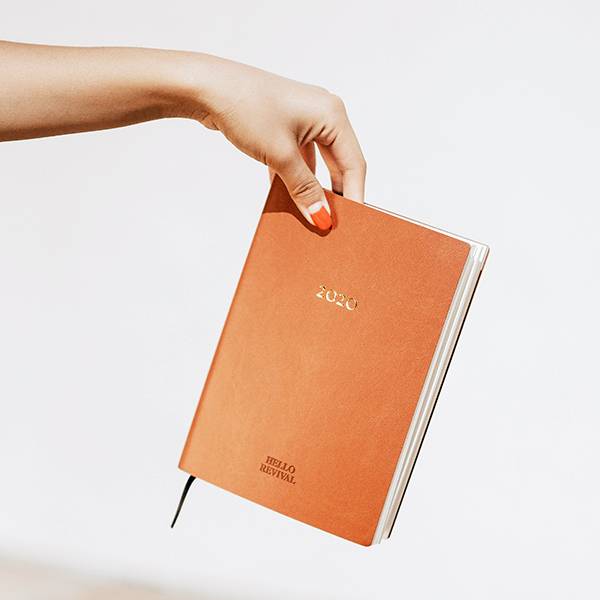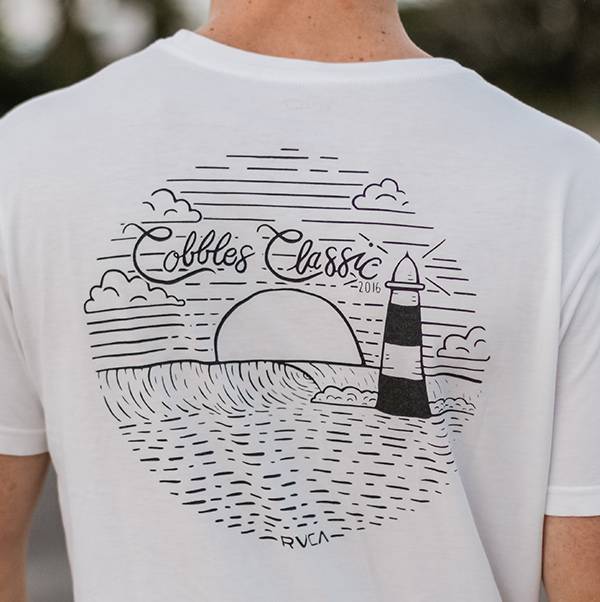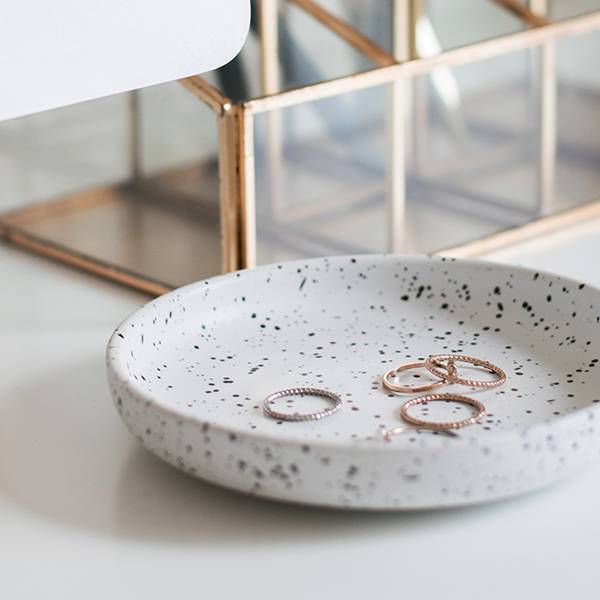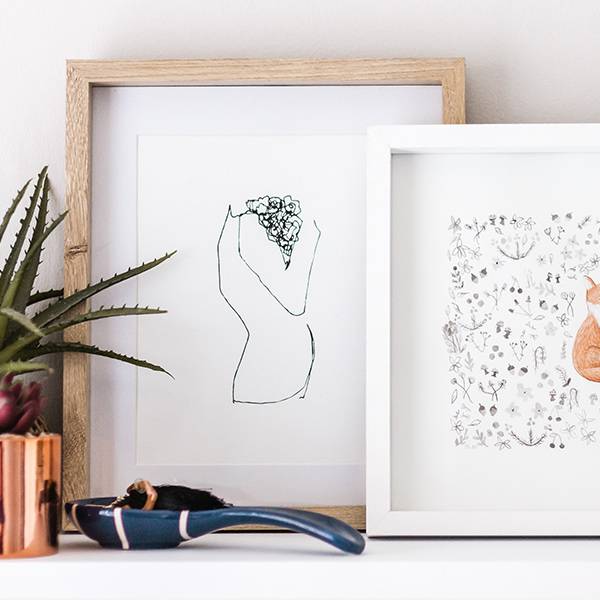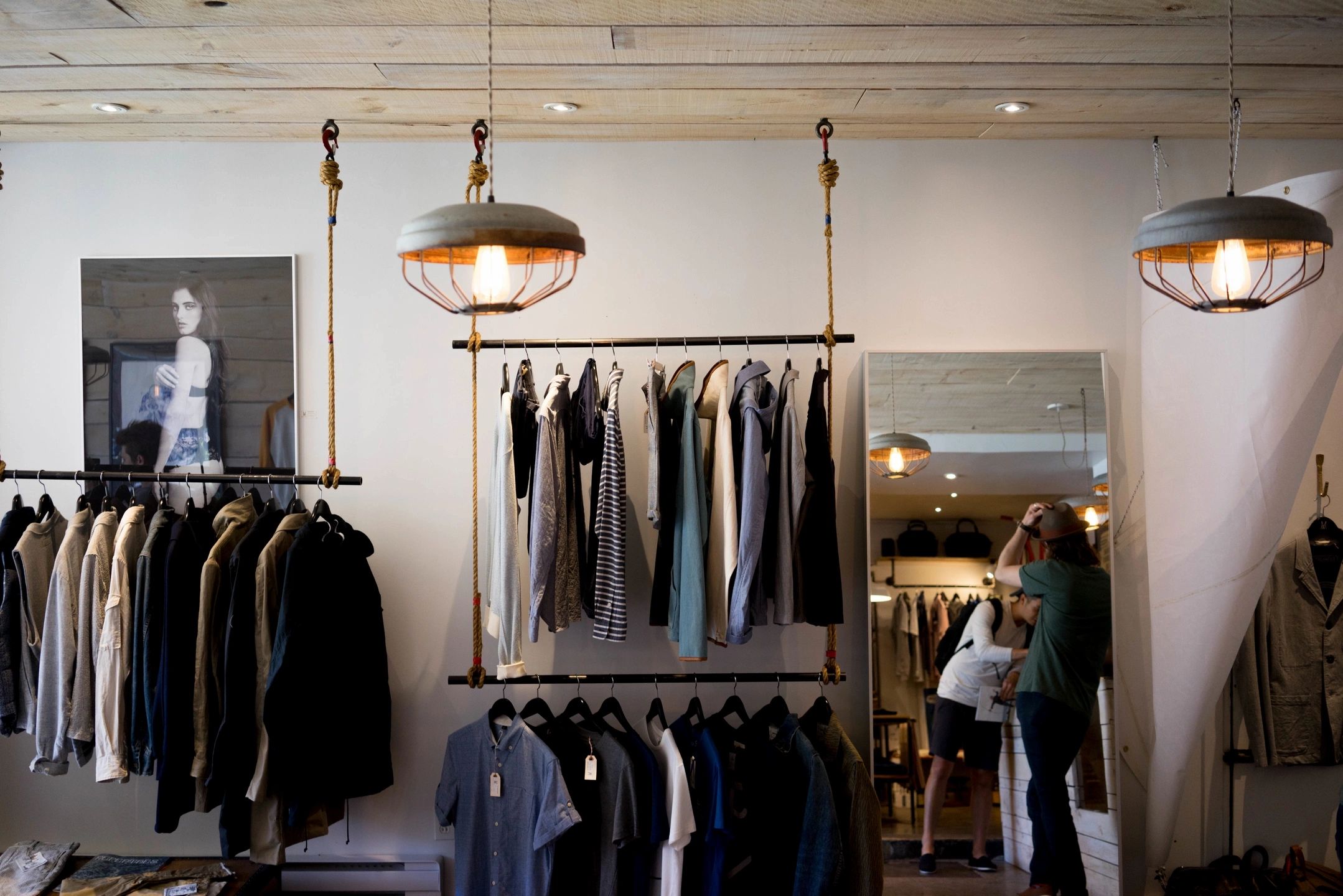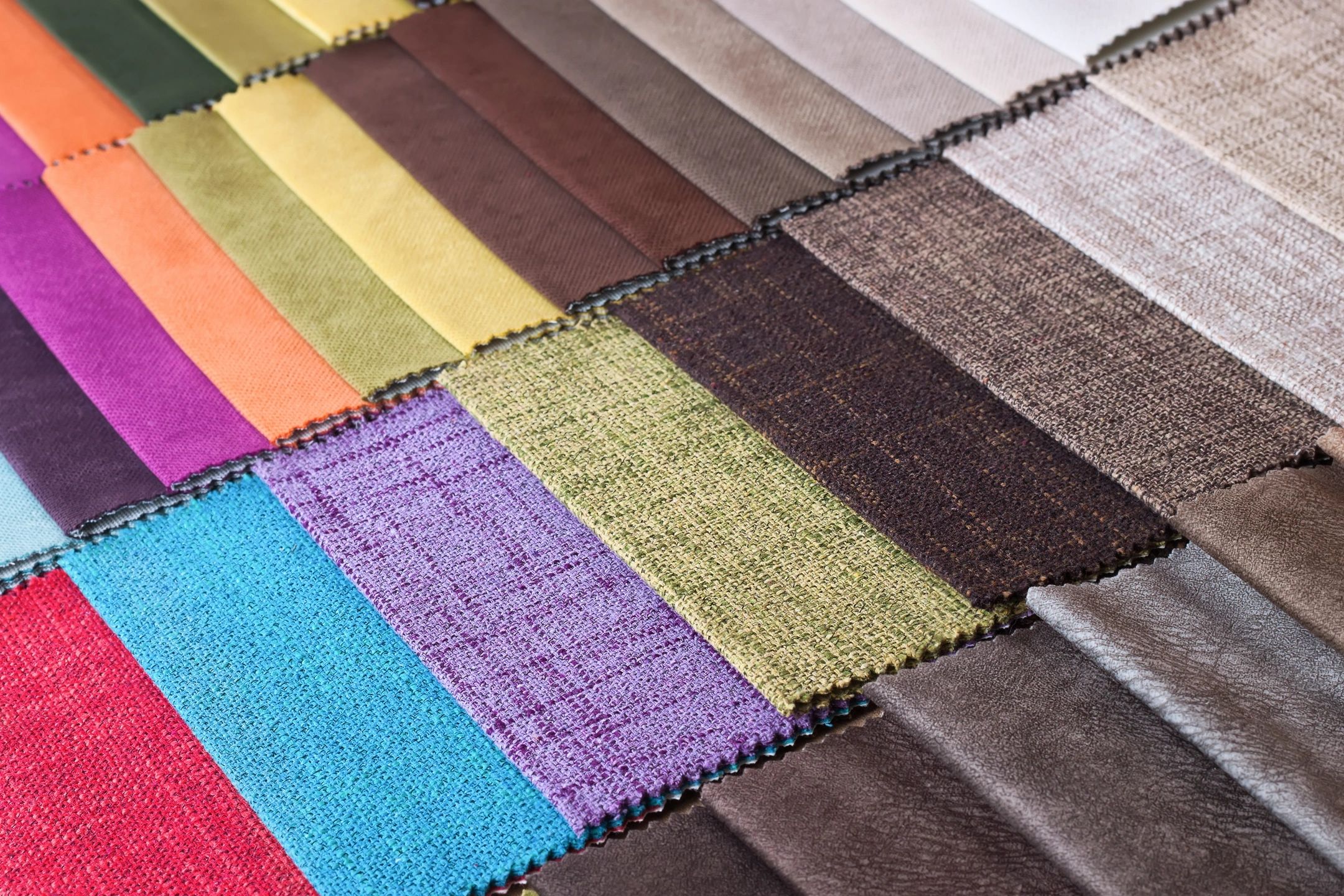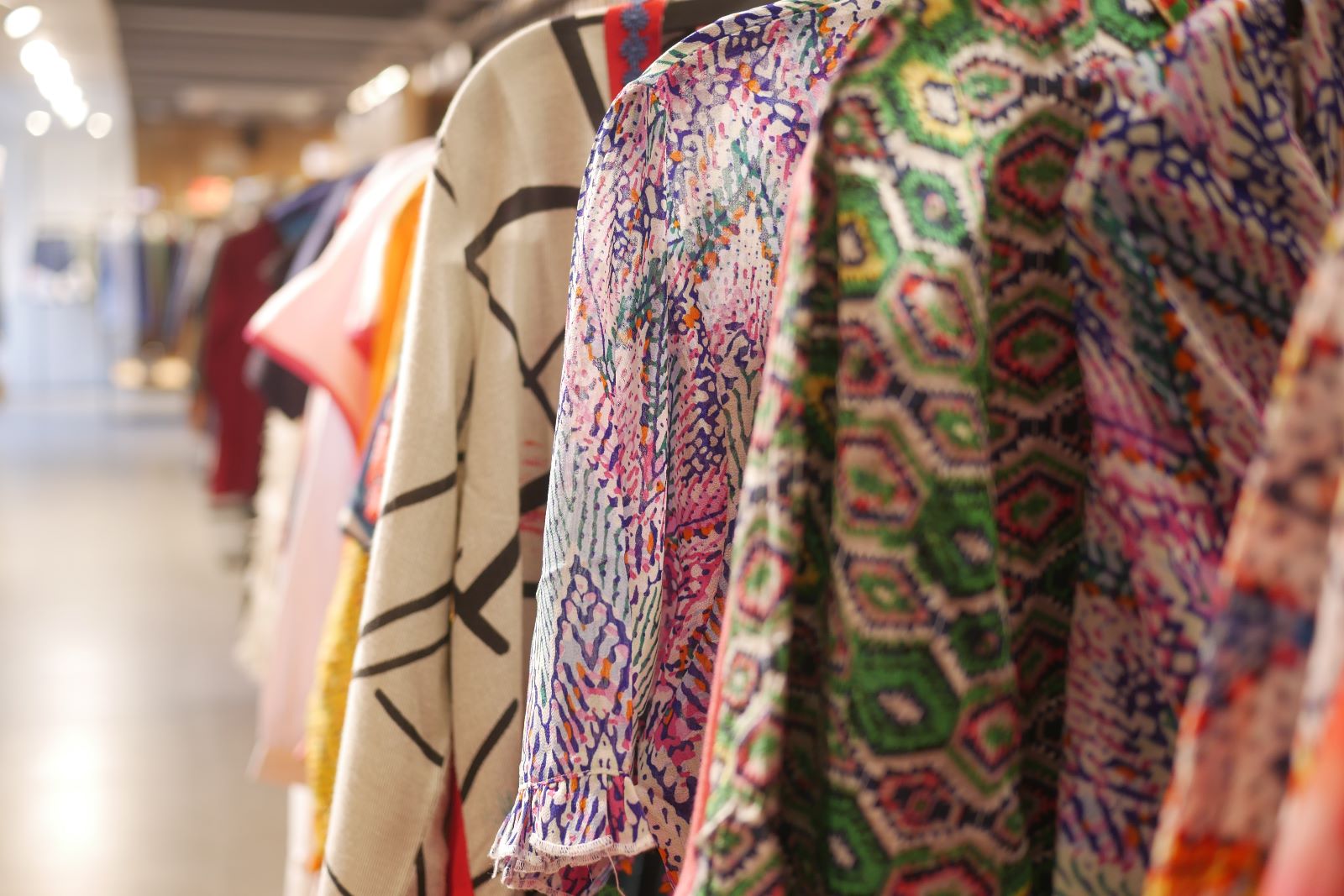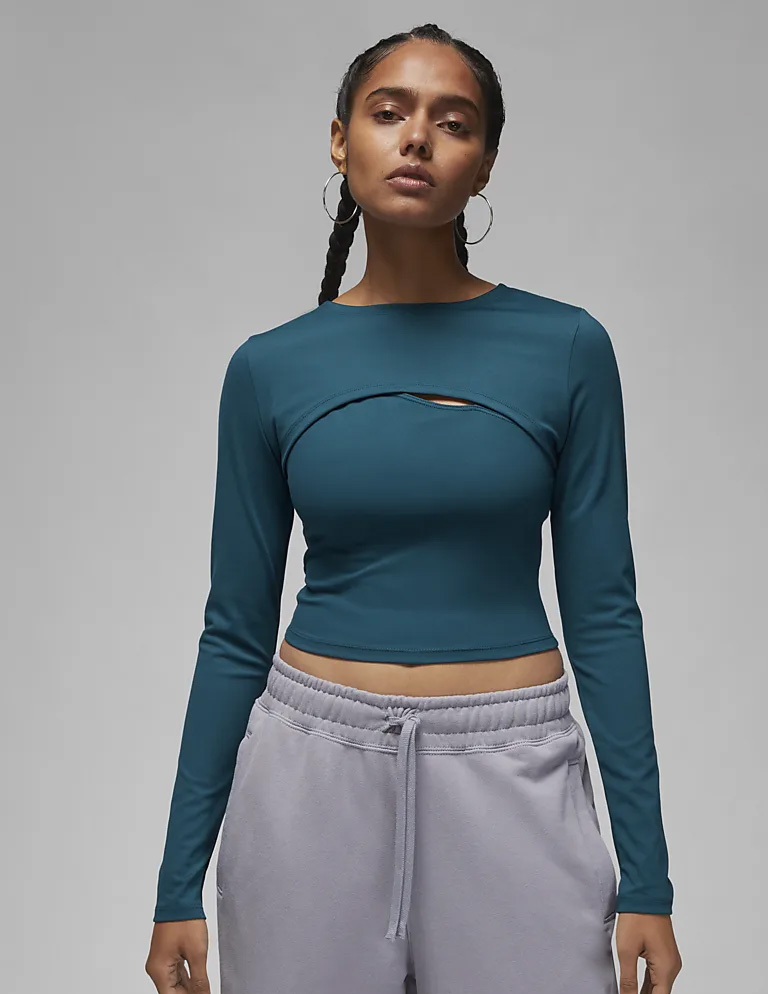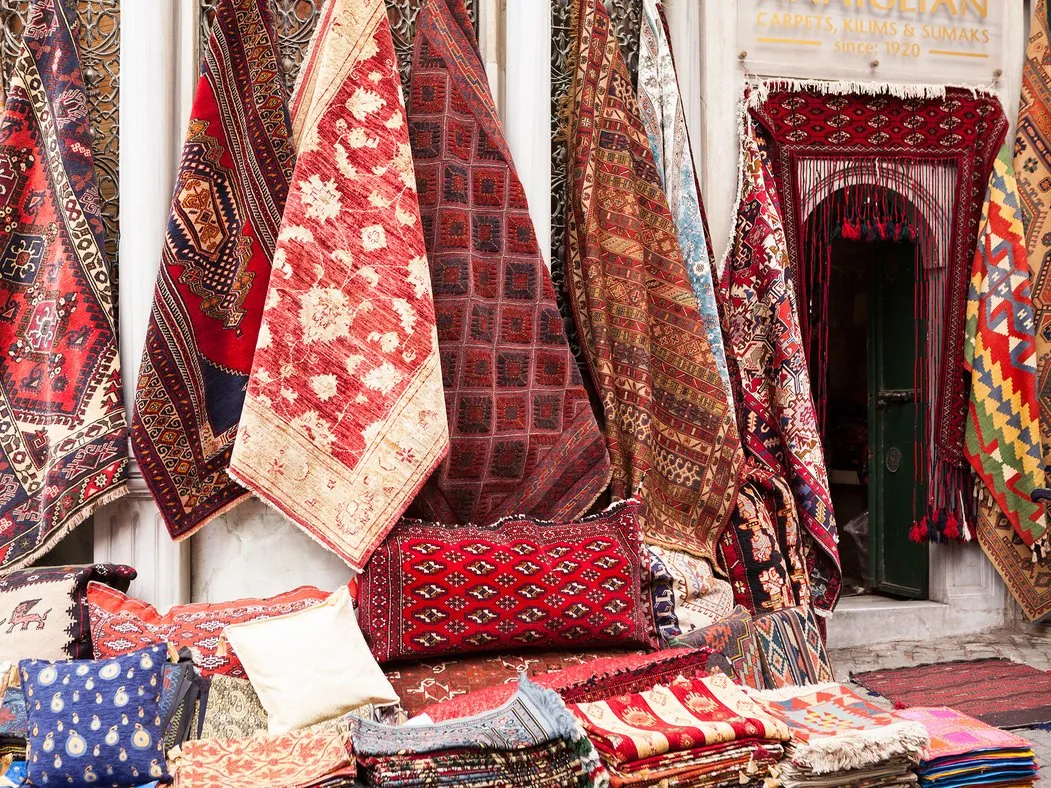Revival of Traditional Turkish Clothing in Modern Fashion
In recent years, there has been a remarkable resurgence of interest in traditional Turkish clothing within the realm of modern fashion. This revival represents more than just a nostalgic homage to the past; it’s a celebration of Turkey’s rich cultural heritage and a testament to the enduring appeal of its traditional attire. From the bustling streets of Istanbul to the catwalks of international fashion weeks, traditional Turkish clothing is making a stylish comeback, captivating designers, enthusiasts, and consumers alike.
Historical Roots: Traditional Turkish clothing has deep roots in the country’s history, reflecting the diverse cultural influences that have shaped its identity over the centuries. From the opulent robes of the Ottoman court to the colorful attire of Anatolian villagers, each garment tells a story of craftsmanship, tradition, and symbolism.
Modern Interpretations: In contemporary fashion, designers are reimagining traditional Turkish clothing with a modern twist, blending heritage with innovation to create fresh and wearable designs. Classic silhouettes are updated with modern cuts and fabrics, while iconic motifs and patterns are reinterpreted in bold new ways.
Iconic Motifs and Patterns: One of the defining features of traditional Turkish clothing is its intricate motifs and vibrant patterns, which are now being incorporated into modern fashion collections. From the geometric designs of Anatolian kilims to the floral motifs of Ottoman textiles, these patterns add a touch of heritage and authenticity to contemporary clothing and accessories.
Quality Craftsmanship: Turkish artisans have a long tradition of craftsmanship, producing textiles using age-old techniques such as weaving, dyeing, and embroidery. In modern fashion, designers are embracing these artisanal techniques, creating garments that are not only beautiful but also sustainable and ethically produced.
Cultural Identity: The revival of traditional Turkish clothing is also a celebration of cultural identity, as it allows people to reconnect with their roots and express pride in their heritage. Whether worn as everyday attire or special occasion wear, traditional Turkish clothing serves as a powerful symbol of cultural continuity and resilience.
Global Influence: The revival of traditional Turkish clothing is not limited to Turkey; it’s gaining popularity on the global stage as well. Fashion designers and enthusiasts from around the world are embracing Turkish-inspired designs, incorporating elements of traditional clothing into their own collections and personal style.
Conclusion: The revival of traditional Turkish clothing in modern fashion represents a vibrant fusion of heritage and innovation, tradition, and creativity. As designers continue to draw inspiration from Turkey’s rich cultural heritage, traditional clothing will remain a timeless and iconic symbol of Turkish identity, cherished by generations to come.
Mimi Moda
Sustainable Fashion in Turkey: A Growing Trend
In the vibrant tapestry of Turkish fashion, Istanbul stands as a beacon of creativity, innovation, and style. From historic neighborhoods steeped in tradition to bustling districts
Textile Innovation: The Role of Turkish Fabrics in Global Fashion
In the dynamic world of fashion, textiles play a pivotal role in shaping trends, driving innovation, and reflecting cultural identities. With a rich history of textile production d
Revival of Traditional Turkish Clothing in Modern Fashion
In recent years, there has been a remarkable resurgence of interest in traditional Turkish clothing within the realm of modern fashion. This revival represents more than just a nos
Fashion Capitals of Turkey
In the vibrant tapestry of Turkish fashion, Istanbul stands as a beacon of creativity, innovation, and style. From historic neighborhoods steeped in tradition to bustling districts
Innovation in Turkish Sportswear
In recent years, Turkey has emerged as a dynamic player in the global sportswear industry, harnessing innovation to elevate its offerings to new heights. From cutting-edge fabrics
Traditional Turkish Textiles: A Journey Through History and Culture
In the vibrant tapestry of Turkish culture, textiles stand as a testament to centuries of craftsmanship, tradition, and innovation. From the intricate patterns of kilims to the lux
Shopping Culture in Turkey: Exploring Bazaars and Boutiques
The Vibrant Tapestry of Shopping Culture in Turkey: Exploring Bazaars and Boutiques Turkey’s rich cultural heritage is not limited to its historical landmarks and sumptuous c
The Evolution of Turkish Fashion
Unveiling the Rich Tapestry: The Evolution of Turkish Fashion Fashion in Turkey has traversed a remarkable journey, reflecting the country’s diverse cultural heritage, histor
Textile industry in Türkiye
Turkey is considered one of the leading countries in the field of textile manufacturing, as it has a long and traditional history in this sector. Turkey is famous for providing hig

